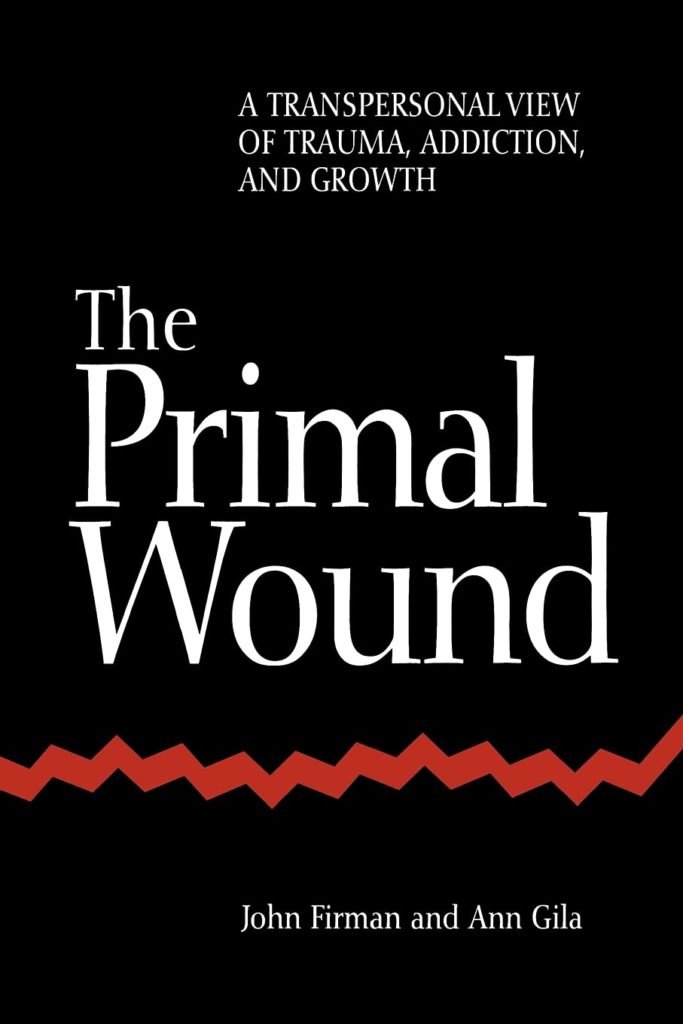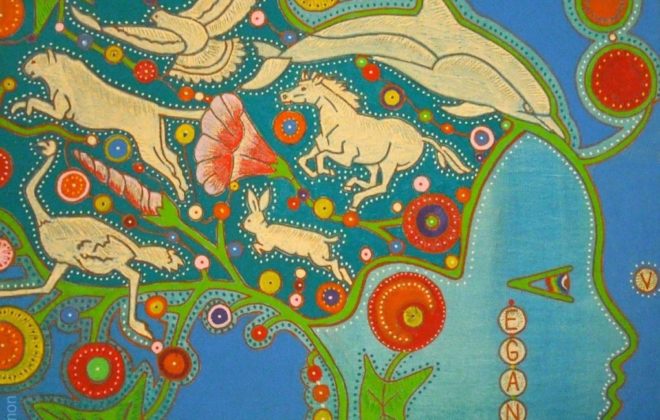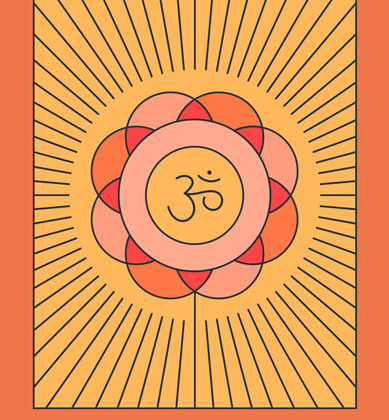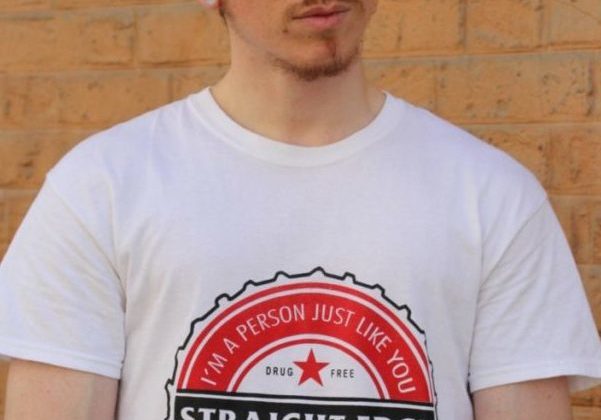Trauma, addiction and growth

“The history of childhood is a nightmare
from which we have only recently begun to awaken”
– Llyod deMause
I am not a therapist and am not interested in the subtle distinctions between the different branches and sub-branches of psychology and psychoanalysis. When I read a book, especially a psychology book, I like that it makes sense to me and allows me to better understand my own experience. This is the case for The Primal Wound. It refers to the concept of the inner child that I was very interested in when I felt so depressed a few years ago.
The inner child is that part of our personality that reacts and feels like a child. It’s the set of behaviours we learned at a young age and internalised on how to deal with emotions, problems, relationships, etc. If we experienced trauma in childhood, we tend to react to situations out of trauma. Meaning, rather than reacting to the situation we are in as an adult, we react like a child.
I did a kind of self-psychoanalysis with the book Homecoming: Reclaiming and championing your Inner Child by John Bradshaw. It was an incredible experience that touched me deeply, but a bodily and emotional experience without any theoretical background being really explained. Or maybe I was not ready at that time to get the theory behind the practice. Anyway, The Primal Wound allowed me to synthesize all the readings I had previously had on the Inner Child. It integrates and mixes material from diverse schools of psychology and expands on them. Occasionally, it’s possible to get a bit lost in psychological concepts like Ego, Self, I-Self, and so on, but it’s usually very understandable for the general public.
Just for the record, John Firman and Ann Gila are teachers and psychotherapists in private practice in Palo Alto, California. Both were trained in psychosynthesis in the early 1970s and Firman trained with its founder, Roberto Assagioli. Psychosynthesis is a kind of holistic therapeutic approach that focuses on personal growth and development.
The book’s main idea is that all human beings grow and develop through relationships: the relationship to oneself, to others, to the natural world, and beyond. In fact, human beings only exist in these relationships, whether positive or negative, that form the fabric of human existence.
According to the authors, the threat of not being in a relationship, of not being seen, touched, loved, recognised, and acknowledged is more terrible than death itself – nonbeing. In early childhood, people prefer to give up their own needs and serve/submit to those of their parents/guardians/caregivers to stay in a relationship at any cost.
The primal wound is the result of a violation all people suffer in various ways in their life of being treated not as individual, unique human beings but as objects.
Indeed, to survive the grim experiences of childhood isolation, neglect, abuse, and alienation that haunt throughout life, people will develop avoidance behaviours to protect themselves from the threat of personal annihilation – nonbeing. At the same time, they will look for ways of being, of alleviating their suffering, and thus adopt addictive behaviours. The origin of all addictions can be traced back to the primal wound.
The hypothesis in the book is that the threat of nonbeing is not intrinsic to human life, that it indicates a primal wound caused by trauma. By working on awareness, people can de-identify themselves from trauma while remaining aware of their wounds. They then learn to accept their weakness, powerlessness, helplessness. And from that acceptance, it’s possible for them to come out of the trance of their ordinary life trapped into the old patterns of childhood, and to increase their potential to act according to their true selves, as flourishing adults.
It’s a long and challenging journey – a lifelong journey. In the end, people won’t become independent, they will shift their dependencies, from infantile dependencies to mature dependencies.
Because becoming a blossoming human being implies restoring healthy relationships with oneself, with others, with the natural world and beyond.



